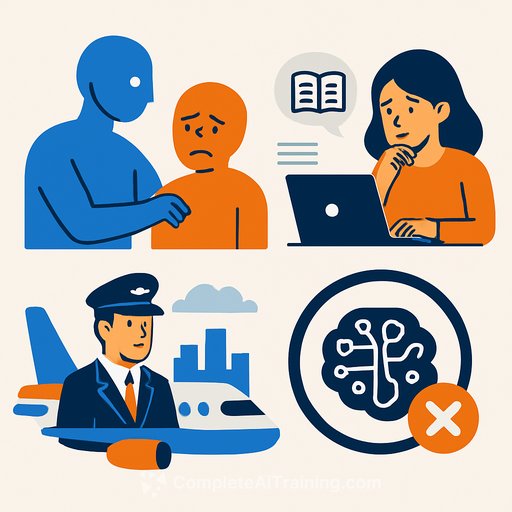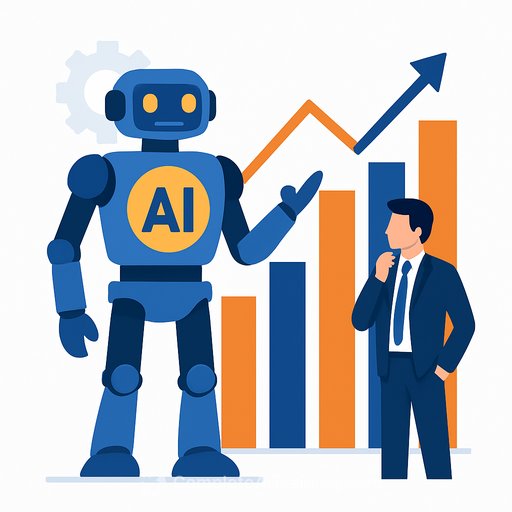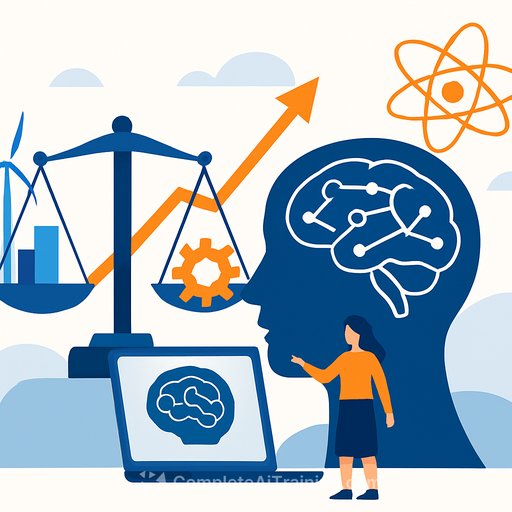Trends in AI Data Centers and Their Impact
AI workloads are scaling harder than most power plans. The core question on every roadmap: what share of that electricity can reliably come from renewables without blowing up cost or uptime?
Operators, regulators, and investors are converging on a simple target-more clean energy, predictable costs, and stable delivery. That's driving growth in green PPAs, certificates of origin, smarter siting, and load-flex strategies that keep high-availability SLAs intact.
Capacity, Cost, and Carbon: The Tradeoffs
Renewables cut emissions and long-term price risk, but generation is weather-bound. AI training and inference want steady, high-density power. Most operators bridge the gap with a mix: clean energy procurement, demand-balancing, and fallback to conventional sources when reliability is at stake.
The winning playbook is portfolio-based-blend PPAs, hourly-matched clean energy where possible, and flexible operations that reduce peak exposure.
Location Strategy: Where You Build Matters
- Grid mix and access: Regions with strong wind/solar pipelines and firm transmission capacity attract financing.
- Cooling efficiency: Cooler climates, free-air opportunities, and liquid/immersion options lower PUE at AI densities.
- Reliability: Interconnection timelines, grid stability, and redundancy options matter as much as cents per kWh.
- Policy and markets: Incentives, carbon rules, and competitive retail markets can tilt total cost of ownership.
- On-site options: Space and permitting for batteries, generators, and microgrids enable peak shaving and backup.
Procurement Tools That Move the Needle
PPAs are now standard for scale. Physical or virtual PPAs can secure multi-year pricing and fund new clean capacity. Certificates of origin (RECs, GOs) help with claims and compliance, but additionality and hourly matching are gaining weight in audits and sustainability reports.
If you're building a long-lived AI estate, consider a laddered stack: short- and long-term PPAs across regions, firming strategies, and hourly clean-energy targets as they become feasible. For background, see overviews on corporate PPAs from IRENA and energy use trends from the IEA.
Engineering Levers Inside the Facility
- Cooling: Transition to liquid or hybrid cooling for dense AI racks; optimize containment and airflow before adding capacity.
- PUE discipline: Continuous commissioning, right-sizing, and telemetry that ties workload behavior to facility metrics.
- Workload orchestration: Queue non-urgent training to off-peak hours or cleaner regions; cap inference bursts with SLO-aware throttles.
- Energy storage and UPS strategy: Use batteries for peak shaving and ride-through; align with grid programs where allowed.
- Heat reuse: Where local demand exists, waste-heat recovery can improve effective efficiency and community relations.
Grid Integration and Reliability
Weather varies, SLAs don't. That's why many sites pair renewables with microgrids, batteries, and demand response. Local generation helps during peak pricing or curtailment; batteries cover short swings and support a flatter load profile.
For multi-region fleets, shift flexible workloads to cleaner or cheaper regions in near real time. Track carbon intensity signals and automate placement policies.
Current Trends in Renewable Use for Data Centers
- More clean energy via PPAs and certificates, with a push toward additionality and hourly matching.
- Microgrids and on-site assets (solar, batteries) to reduce peak exposure and improve autonomy.
- Faster adoption of energy-efficient cooling tuned for AI racks and higher return temperatures.
- Regional policies and market competition accelerating migration to cleaner grids.
- New builds launching with explicit emissions targets and supply transparency commitments.
What This Means for IT and Development Teams
- Plan for power-aware architecture: track PUE, WUE, and clean energy percentage (ideally hourly).
- Adopt workload policies: schedule training to cleaner hours/regions; set guardrails for inference spikes.
- Design for portability: enable region failover that considers carbon and cost, not just latency.
- Ask providers clear questions: PPA coverage, hourly matching, grid mix, and on-site backup strategy.
- Instrument everything: correlate model runs and deployment events with energy and carbon telemetry.
If you're upskilling teams around AI systems and infrastructure, explore focused programs at Complete AI Training.
The Road Ahead
Renewables are set to anchor long-term growth for AI data centers. Expect lower exposure to fuel price swings, improved cost predictability, and tighter compliance.
The catch is integration: pairing clean procurement with smart siting, flexible operations, and hard reliability engineering. Teams that align these pieces will ship faster, with fewer surprises, and a smaller footprint.
Your membership also unlocks:






